- EasyCard
- Trade
- Help
- Announcement
- Academy
- SWIFT Code
- Iban Number
- Referral
- Customer Service
- Blog
- Creator
Say Goodbye to Painful Fees: USDT Stablecoin Remittance is Truly Awesome
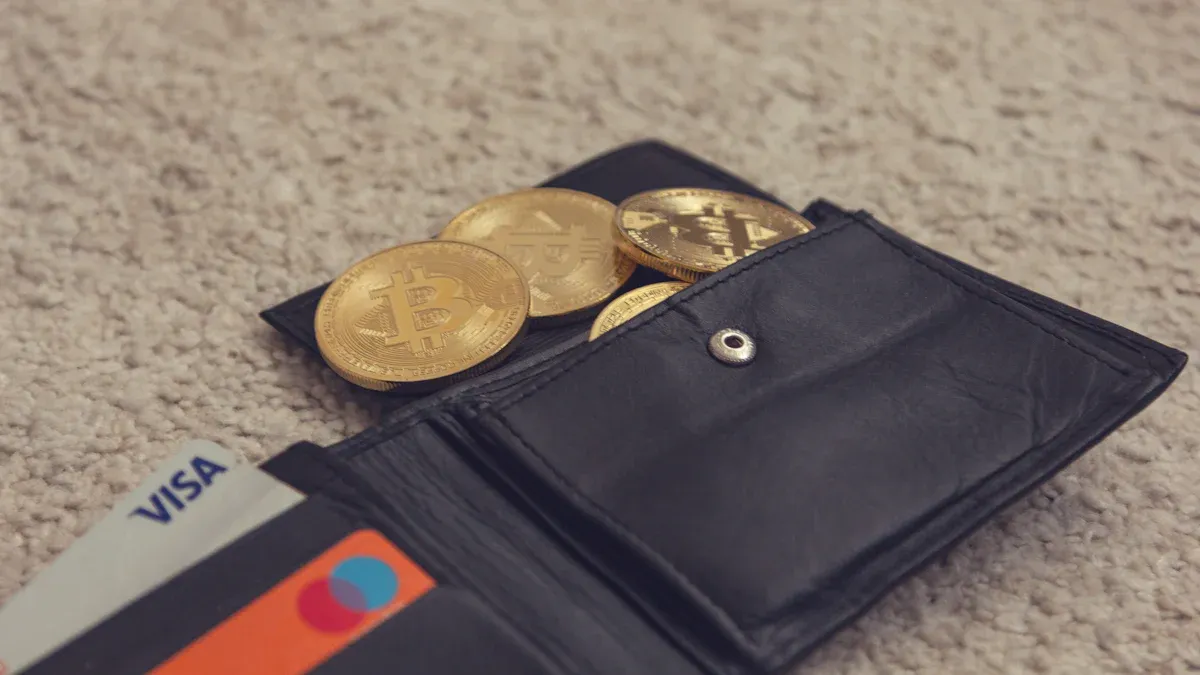
Image Source: pexels
Are you still troubled by the high handling fees for cross-border remittances? A wire transfer under through Chase Bank online may cost $40.
In the global remittance market, blockchain-based transfers are expected to account for 3-6% by 2025. This demonstrates the huge potential of USDT stablecoin remittances. Master the right methods, and you can significantly reduce network fees, platform fees, and exchange rate losses, truly saying goodbye to painful fees.
Core Points
- Choosing the TRC-20 network can drastically reduce USDT remittance costs, over 90% cheaper than traditional methods.
- Selecting a safe and reliable trading platform and planning the USDT-to-fiat conversion path can save platform fees and exchange rate spreads.
- Monitoring USDT exchange rates and network congestion, operating at the optimal time, can further lower costs.
- When conducting USDT remittances, always carefully verify the recipient address and network type to ensure fund security.
- Understand and comply with local cryptocurrency regulations to ensure your USDT remittance is legal and compliant.
Stablecoin USDT Cost-Saving Step One: Choose the Right Blockchain Network
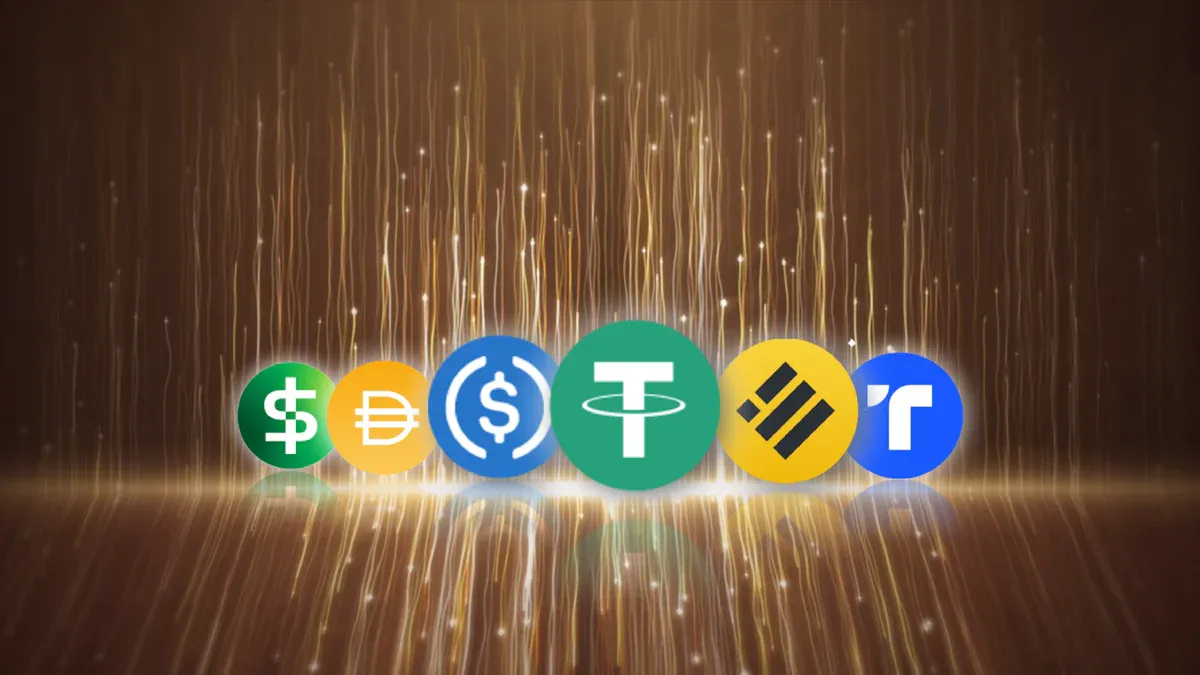
Image Source: unsplash
To minimize USDT remittance costs to the extreme, the first and most critical step is choosing the correct blockchain network. Traditional remittance methods often charge tens of dollars in fees, while transferring via efficient networks like TRON (TRC-20) can cost even less than $1, easily saving you over 90% in fees.
Gas Fees: One of the Main Costs of USDT Remittance
When conducting any blockchain transfer, you need to pay a fee known as “Gas fee” or network fee. You can think of it as “labor fees” for the network processors.
This fee mainly serves two purposes:
- Incentivize validators: Paying fees incentivizes validators (or miners) on the network to process and confirm your transaction.
- Prevent network congestion: Attaching a cost to each transaction effectively prevents malicious users from sending large amounts of spam, ensuring network security and stable operation.
Imagine the blockchain network as a busy highway, Gas fees are like the tolls you’re willing to pay. The higher the fee you pay, the faster your transaction will be processed; otherwise, you may need to wait in line.
TRC-20 vs. ERC-20: Cost Comparison
USDT can be issued and circulated on multiple different blockchain networks, with the most mainstream being Ethereum (ERC-20) and TRON (TRC-20). They differ significantly in speed and fees.
| Feature | TRC-20 (TRON) | ERC-20 (Ethereum) |
|---|---|---|
| Transaction Speed | Very fast, usually confirmed in seconds | Slower, may take minutes during peak times |
| Transaction Fee | Extremely low, usually between $1-$2 | Higher, can reach $5-$15 or more during congestion |
| Address Format | Starts with uppercase T | Starts with 0x |
Clearly, for cross-border remittances pursuing low cost and high efficiency, the TRC-20 network is your best choice.
How to Select and Operate a Low-Cost Network
When transferring USDT on an exchange or wallet, choosing the correct network is very simple, but you must operate carefully:
- Select withdrawal/transfer: In your wallet or exchange app, go to the assets page, select USDT, and click “Withdraw” or “Send”.
- Enter recipient address: Paste the target address for your remittance.
- Select network: In the “Network Selection” or “Chain Type” field, be sure to choose TRON (TRC-20).
- Confirm and send: Enter the amount, double-check all information (especially the address and network), then complete security verification and send.
Tip: Remember, the network chosen by the sender and recipient must be exactly the same. Sending TRC-20 USDT to an ERC-20 address will result in permanent loss of your funds. By checking the starting letter of the address (
Tfor TRC-20,0xfor ERC-20), you can perform a secondary confirmation.
Technique Two: Choose the Optimal Trading Platform and Cash-Out Path
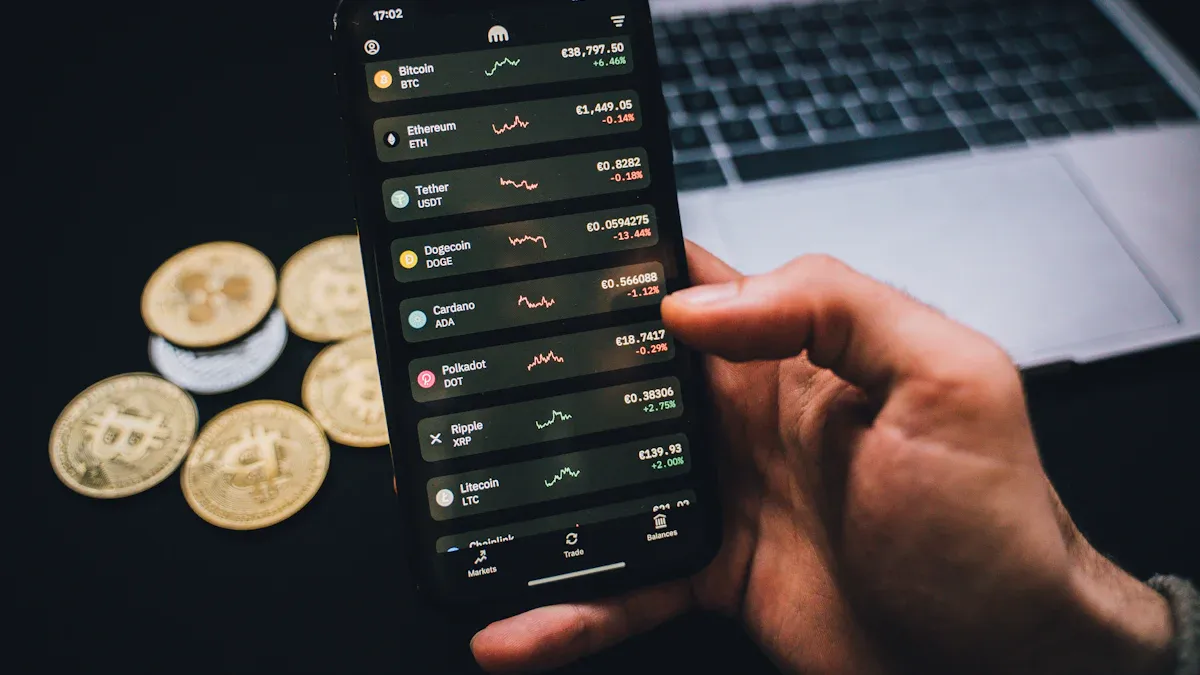
Image Source: pexels
Choosing the right network is just the first step. Next, you need to find a trading platform that is both secure and cost-effective, and smoothly convert your USDT stablecoin into local fiat currency. The platform fees and exchange rate spreads in this process are key to the final amount you receive.
How Platform Fees and Spreads Affect Costs
Trading platforms mainly affect your costs in two ways:
- Trading fees: Platforms charge “Maker” or “Taker” fees. Simply put, if you place a limit order that doesn’t execute immediately, providing liquidity to the market, you are the maker with lower fees. If you place a market order that executes immediately, consuming market liquidity, you are the taker with slightly higher fees.
- Spreads and slippage: In C2C (peer-to-peer) trading, there is a “spread” between buy and sell prices, which is the merchant’s profit and constitutes your hidden cost. High-liquidity platforms usually have smaller spreads.
Screening Criteria for C2C/OTC Platforms
Choosing a reliable platform is crucial. You can screen based on the following criteria:
- Security and compliance: Does the platform have strong security measures and compliance licenses (such as AML/KYC policies).
- Reputation and experience: Choose well-known platforms with long operation time and good user reviews.
- High liquidity: High trading volume means smaller spreads and faster execution.
- Payment methods: Ensure the platform supports payment methods convenient for you.
Planning Your Optimal USDT Cash-Out Path
There are various paths to convert USDT to fiat (cash out), with no absolute best, only the most suitable for you. Here are three mainstream paths for reference:
| Option | Advantages | Suitable For |
|---|---|---|
| A. Compliant Path | Clear fund path, high compliance | Users with strict fund compliance requirements, hoping to access global banking systems |
| B. Local Exchange | Convenient operation, fast arrival | Users in regions with compliant local exchanges (such as Taiwan, China) |
| C. Offline Exchange | Simple and direct, suitable for small amounts | Users who can travel to places like Hong Kong, preferring face-to-face transactions |
Option A (Compliant Path): Exchange → BiyaPay → Wise/OCBC Bank This is a very popular compliant path. You can first transfer USDT to a regulated digital wallet like BiyaPay, which provides compliance fund proof, then withdraw funds to global bank accounts like Wise or OCBC.
Option B (Local Exchange): Exchange (e.g., OKX) → Taiwan local exchange (e.g., MAX) If you are in Taiwan, China, you can withdraw USDT from global exchanges like OKX via TRC-20 network to MAX exchange’s wallet address, then sell and withdraw as New Taiwan Dollars directly on MAX.
Option C (Offline Exchange): Licensed exchange points in Hong Kong You can also choose offline exchange at licensed stores in places like Hong Kong. This method is reliable, but it’s recommended for small amounts, multiple times, and always choose reputable merchants.
Technique Three: Seize the Best Operation Timing
After choosing the right network and platform, the final step is to seize the best operation timing. It’s like waiting for discounts when shopping; acting at the right time can save you more real money. Timing mainly affects two costs: exchange rates and network fees.
Monitor USDT Over-the-Counter Exchange Rate Fluctuations
When converting USDT stablecoin to local fiat, the exchange rate is not fixed. On C2C or OTC platforms, USDT buy and sell prices fluctuate in real-time based on market supply and demand.
You can spend some time observing the platform’s exchange rate trends. Sometimes, exchange rate differences in different time slots within a day can result in you receiving more or less funds during conversion. For large remittances, catching a favorable exchange rate point means putting more money in your pocket.
Avoid Network Congestion to Reduce Gas Fees
Gas fees change dynamically. When many people use the network simultaneously, Gas fees rise; otherwise, they fall. To pay the lowest possible Gas fees, you need to learn to avoid network peak periods.
Network Congestion Peak Reminder Although TRC-20 network fees are low, understanding peak periods of mainstream networks like Ethereum can help you develop good trading habits. Usually, the following periods have higher network fees:
- Weekday peaks: 8 AM to 1 PM Eastern Time, when European and North American trading activities overlap.
- Weekly peaks: Mondays and Thursdays are usually the busiest trading days with relatively higher fees.
- Holidays: Special events during some holidays (such as NFT launches) may also cause sudden spikes in network fees.
So, how do you know current network fees? You can use free online “Gas trackers” to view real-time data. For example, Etherscan, OKLink, Tatum, and QuickNode all provide intuitive Gas fee monitoring tools. Spending a minute before transferring to choose a time when the network is idle and fees are low is an essential technique for every savvy user.
Master the three core techniques, and your USDT stablecoin remittance will become unprecedentedly easy. Choosing low-cost networks like TRC-20, planning the optimal cash-out path, and seizing the best operation timing can help you save significant fees.
Security always comes first: Always choose reputable platforms during operations, carefully verify addresses to prevent asset loss. Be wary of “dirty money” risks in C2C trading, and understand local regulations, ensuring fund security and compliance.
Now, you can say goodbye to high fees and embrace the new era of convenient remittances brought by USDT stablecoin.
FAQ
Is USDT remittance safe?
Safety lies in your operations. You need to choose reputable trading platforms. When transferring, you must carefully verify the recipient address and network type. Correct operating habits can greatly secure your funds.
Does the price of stablecoin USDT fluctuate?
USDT is pegged 1:1 to the USD, but market supply and demand cause slight fluctuations, usually between $0.99 and $1.01. In most cases, this fluctuation has very little impact on remittance amounts. You can treat it as an extremely low-volatility asset.
What if I transfer to the wrong address?
Blockchain transfers are irreversible. Once you send funds to the wrong address, the funds are permanently lost and cannot be recovered. Therefore, double-checking the address and network before clicking “Send” is crucial.
Preventive measures include:
- Copy and paste the address, avoid manual input.
- Conduct a small test transfer (e.g., $1).
Is USDT remittance legal in my region?
Different countries and regions have varying cryptocurrency regulations. It is your responsibility to understand and comply with local legal requirements. Before any transaction, please confirm that the operation is compliant locally.
*This article is provided for general information purposes and does not constitute legal, tax or other professional advice from BiyaPay or its subsidiaries and its affiliates, and it is not intended as a substitute for obtaining advice from a financial advisor or any other professional.
We make no representations, warranties or warranties, express or implied, as to the accuracy, completeness or timeliness of the contents of this publication.

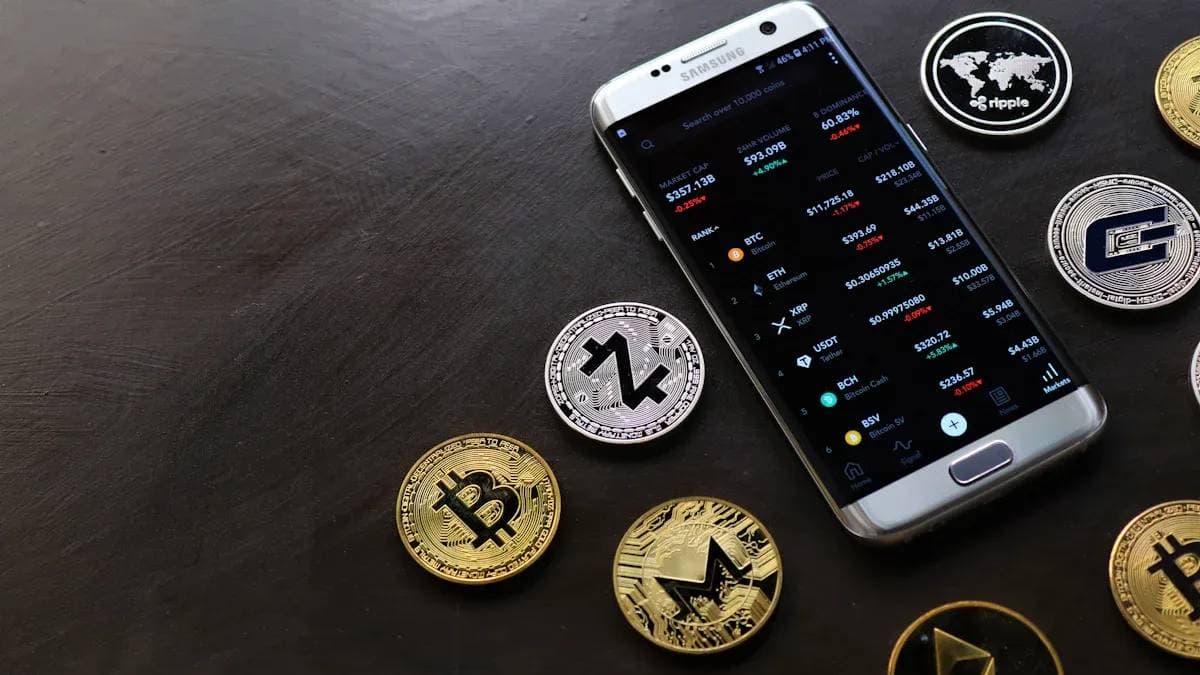
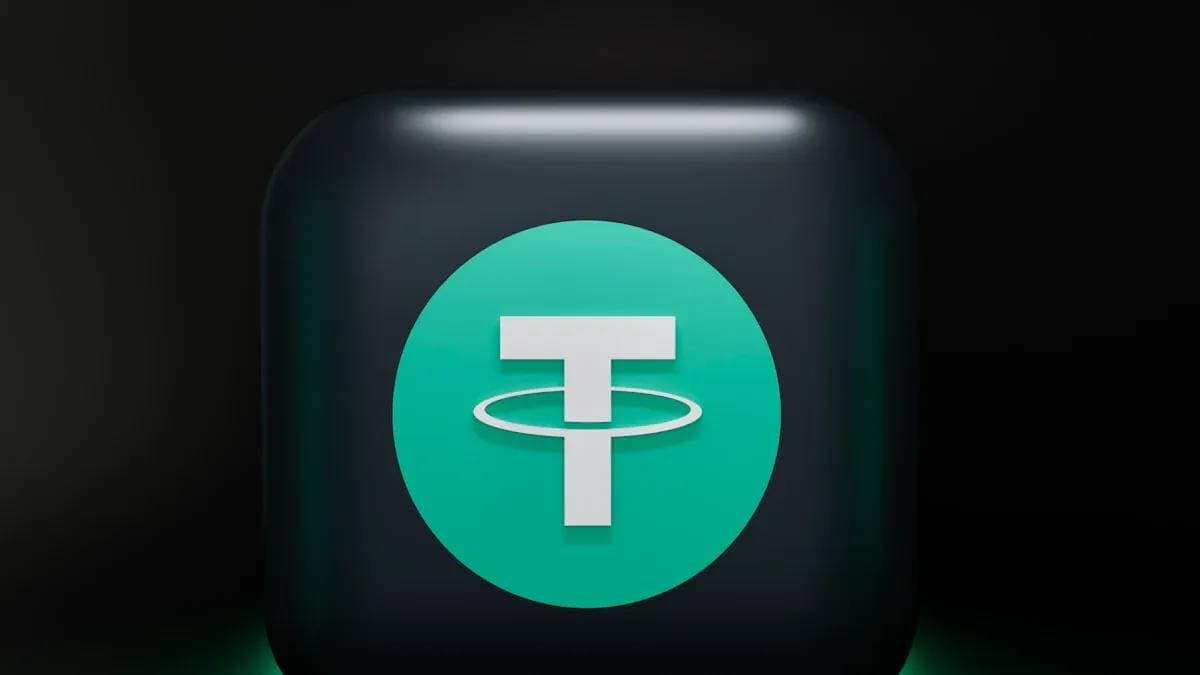

Contact Us
Company and Team
BiyaPay Products
Customer Services
BIYA GLOBAL LLC is a licensed entity registered with the U.S. Securities and Exchange Commission (SEC No.: 802-127417); a certified member of the Financial Industry Regulatory Authority (FINRA) (Central Registration Depository CRD No.: 325027); regulated by the Financial Industry Regulatory Authority (FINRA) and the U.S. Securities and Exchange Commission (SEC).
BIYA GLOBAL LLC is registered with the Financial Crimes Enforcement Network (FinCEN), an agency under the U.S. Department of the Treasury, as a Money Services Business (MSB), with registration number 31000218637349, and regulated by the Financial Crimes Enforcement Network (FinCEN).
BIYA GLOBAL LIMITED is a registered Financial Service Provider (FSP) in New Zealand, with registration number FSP1007221, and is also a registered member of the Financial Services Complaints Limited (FSCL), an independent dispute resolution scheme in New Zealand.




















